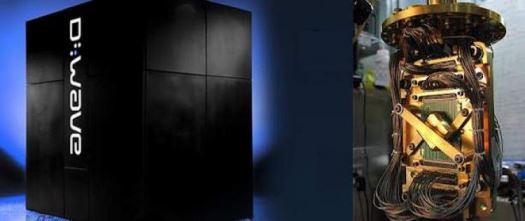A NEW QUANTUM COMPUTER FOR NASA AND GOOGLE

If classical computing is two-dimensional vision, quantum computing is akin to adding a dimension to it. At least that’s what its proponents will have us believe. When such people include Google and NASA, it’s difficult not to take them seriously. In this article, we tell you more about quantum computing.
Christmas has come early for Google’s Quantum Artificial Intelligence Lab. Google, NASA and the Universities Space Research Association have together made an announcement that they will be getting the D-Wave 2X, the newest and the world’s most powerful quantum computer. The use of the computer will be distributed between the three partners according to a pre-signed agreement.
The specifics are these: The 2X model doubles the number of qubits (a unit of quantum computing information analogous to the classical ‘bit’) from its previous model to 1000, and it operates at a temperature of 15 millikelvin. (Let’s just say that’s extremely cold.) The agreement between the three parties runs for seven years.
Quantum computing – once one gets over the magical sounding name of the term – has not yet managed to live up to its promise of revolutionising computing by using principles of quantum mechanics such as randomness and uncertainty. Though the majority of the computing world is still sceptical, Google is putting its dollars where its beliefs lie. They insist that quantum computing will give us the scale that we need, and the shift in problem-solving approach is necessary to bridge that all important gap between machine thinking and human thinking.
In comparison to classical computing, when measured on key benchmarks, quantum computing has not outperformed so far, according to a study co-authored by Mattias Troyer, a prominent physicist. Proponents of course claim that quantum computing is a new approach to creative problem solving, and that old benchmarks may not be relevant to evaluating its performance. A new paradigm needs a new paradigm in measurement as well, they argue.
So far, the groups have explored long time problem areas such as speech recognition, robotic space missions, air-traffic management and internet search. They liken creative problem solving to finding the lowest point in a terrain with hills and valleys. While classical computing uses a ‘brute force’ approach by analysing each point to the point before it, quantum computing will do something analogous to digging tunnels through the ridges to see if the other side is lower.
This seven-year period will do much to allay many of the doubts that the computing industry have toward quantum computing, which Google and NASA hope will prove to be unfounded.







